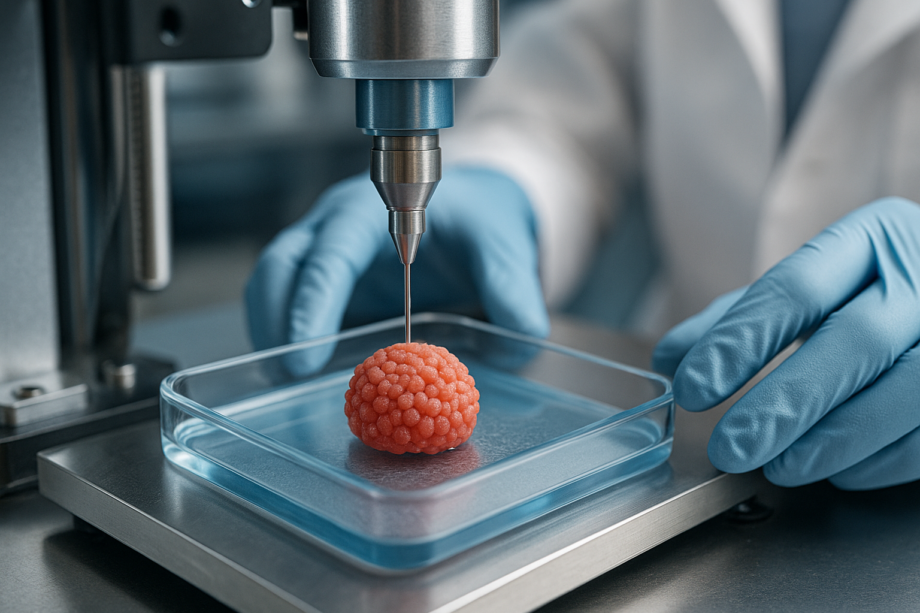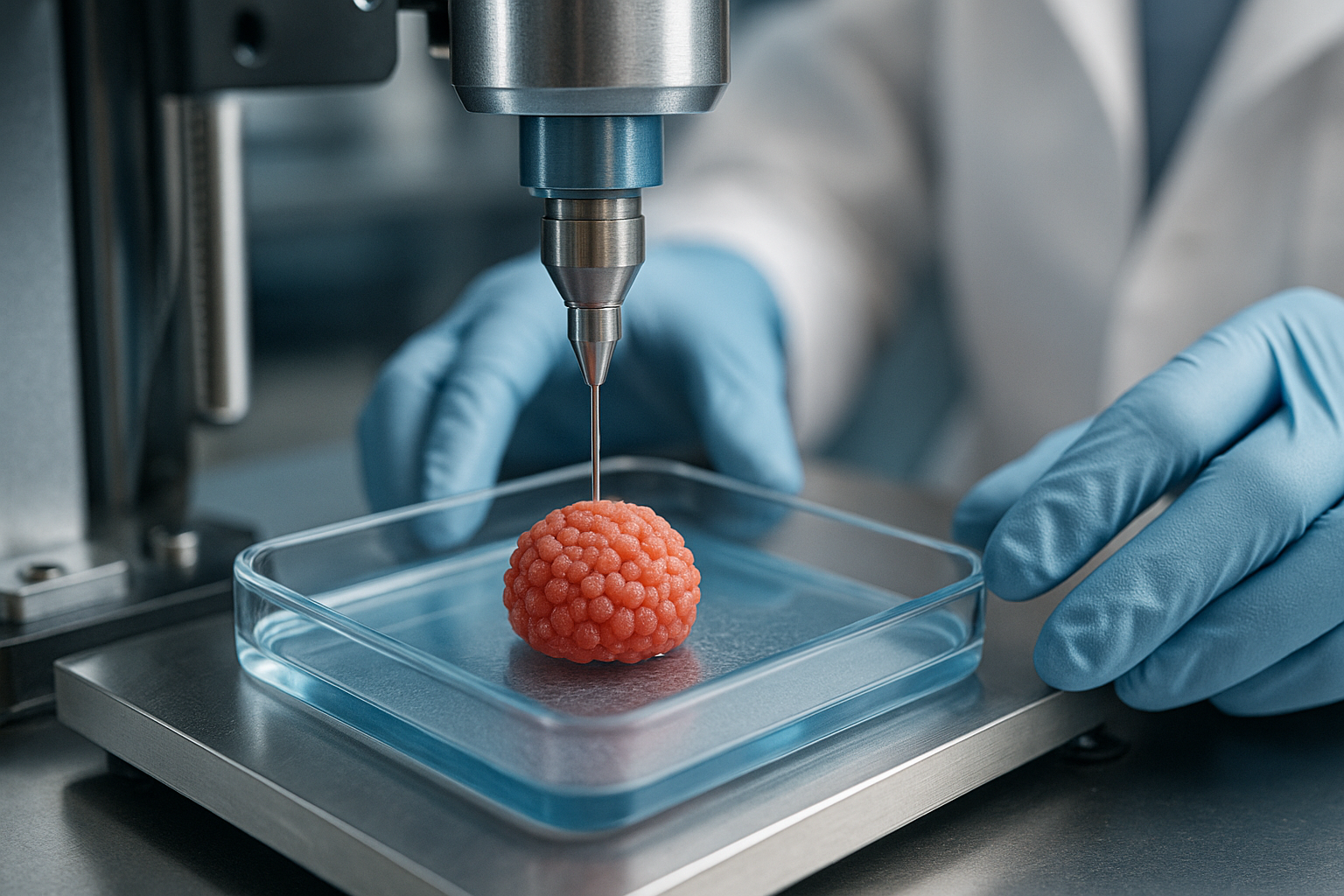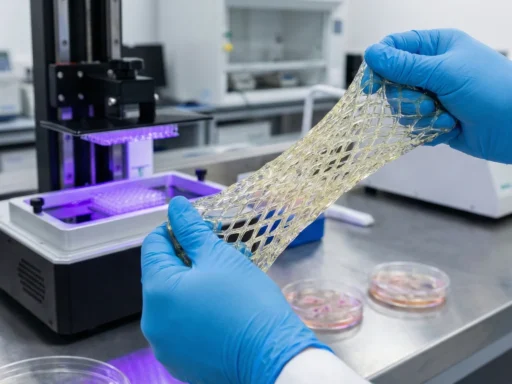A recent breakthrough in 3D bioprinting may signal a turning point in the treatment of type 1 diabetes, as scientists successfully created functional human islets using a novel bio-ink. Unveiled at the ESOT Congress 2025 in London, this research is a major stride toward a less invasive, more effective therapy for patients worldwide.
The international research team invented a specialized bio-ink made of alginate and decellularized human pancreatic tissue, enabling the successful printing of high-density human islet structures. These lab-made islets – the pancreas’s insulin-producing cells – remained alive and responsive for up to three weeks, outperforming conventional preparations in glucose sensitivity and insulin release.
“Our goal was to recreate the natural environment of the pancreas so that transplanted cells would survive and function better,” lead researcher Dr. Quentin Perrier said in a press release. “We used a special bio-ink that mimics the support structure of the pancreas, giving islets the oxygen and nutrients they need to thrive.“
While traditional islet transplants are typically infused into the liver and prone to significant cell loss, the cutting-edge 3D-printed islets are designed for subcutaneous implantation. During this minimally invasive procedure only local anaesthesia and a small incision are required. This delivery method could significantly improve patient comfort and outcomes.
Scientists achieved over 90% cell survival rate in the bioprinted islets, with structures maintaining integrity and avoiding clumping, which has been a common limitation in earlier efforts. Their porous design promotes vascularisation and enables a consistent supply of oxygen and nutrients, vital for long-term success post-transplantation.
“This is one of the first studies to use real human islets instead of animal cells in bioprinting, and the results are incredibly promising,” added Dr. Perrier. “We’re getting closer to creating an off-the-shelf treatment for diabetes that could one day eliminate the need for insulin injections.”






